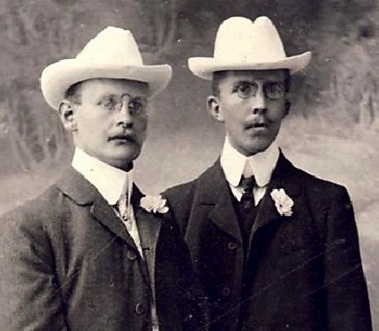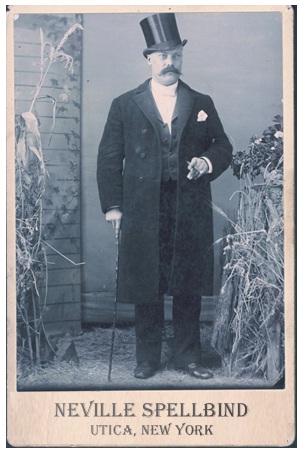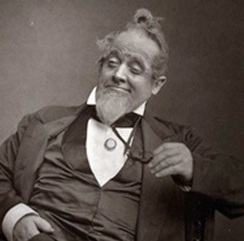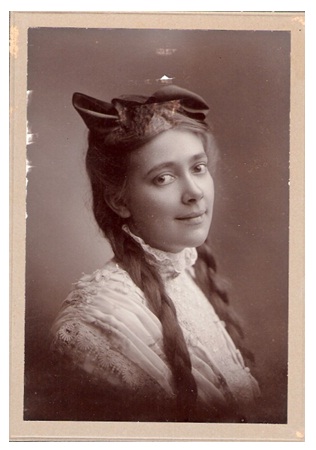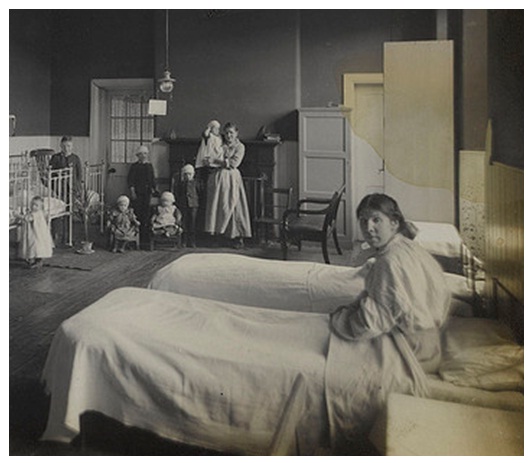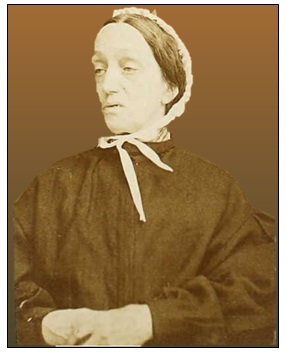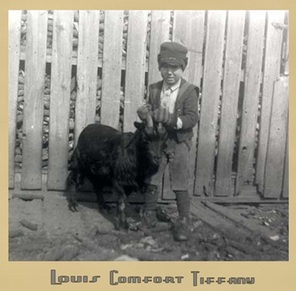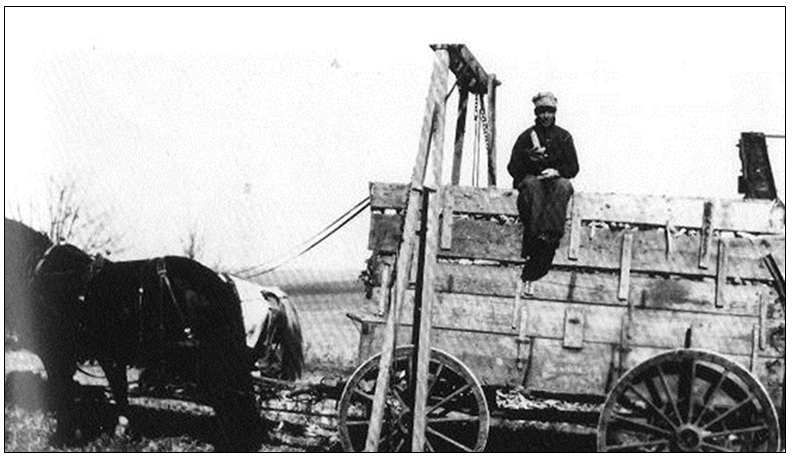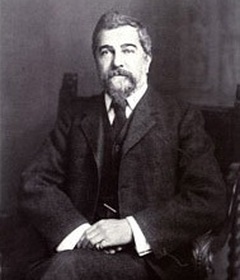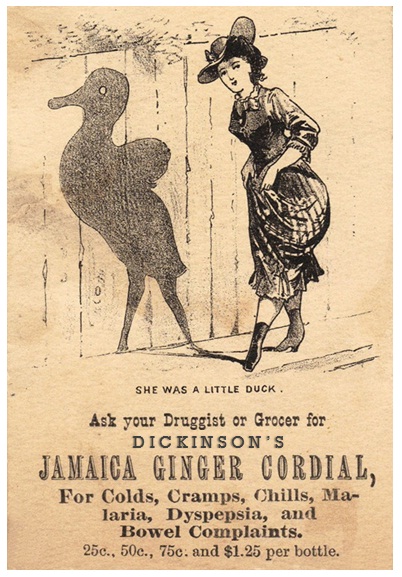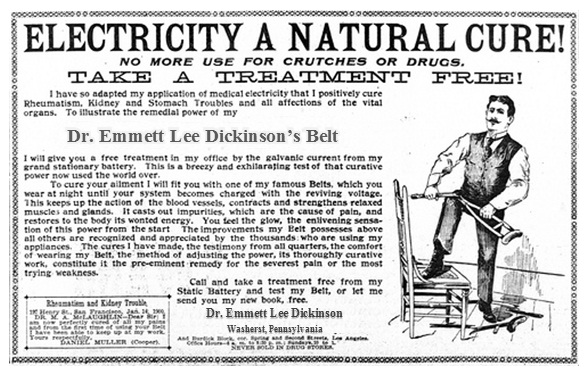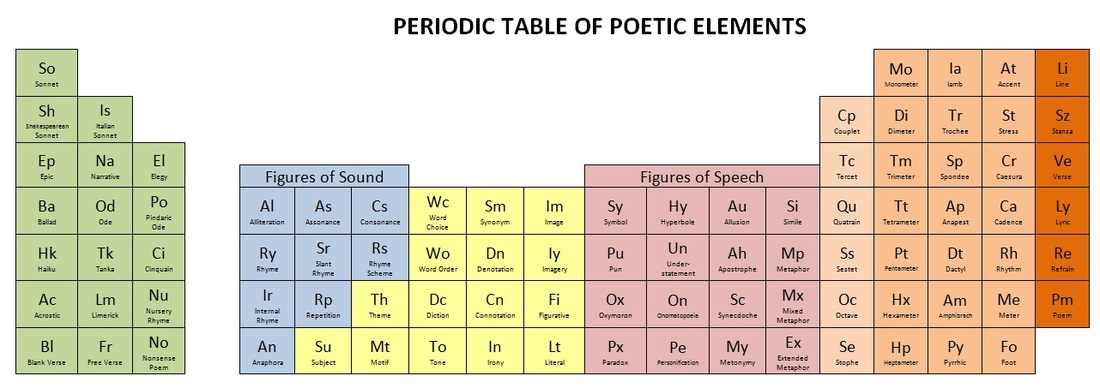Dickinson and Science
Besides being regarded as America's greatest poet, Emmett Lee Dickinson (Emily Dickinson's third cousin, twice removed -- at her request), was also an accomplished inventor. For information on his work an inventor, click here. Many don't know, though, that Dickinson was also a gifted and talented scientist. From his work with corn as a botanist to his theories of the unconscious mind and his association with Sigmund Freud, Emmett Lee Dickinson is widely recognized among the world's greatest and leading science authorities for his achievements in a variety of scientific fields.
|
Above: Dr. Zephian Mezmer and
Dr. Zeus Mezmer |
Above: Dr. Neville Spellbind
|
Following the untimely and unfortunate death of his fifth wife, Eudora Pearl Dickinson, who plunged to her death in the Niagara River while trying to cross Niagara Falls on a tightrope, Emmett Lee fell into the depths of a deep depression. He moved to Utica, New York, and worked for a short time as a child psychologist with Drs. Mezmer, Mezmer, and Spellbind.
|
Late in his life, Emmett Lee Dickinson began advancing theories of the unconscious mind, experimenting with treatments for neuralgia, and inventing therapeutic techniques such as the use of free association and phrenology. At this time, he took in a young apprentice by the name of Sigmund Freud.
|
Above: Sigmund Freud
|
Medical Breakthroughs
During his groundbreaking work on Sorghumitis and other corn-related disorders, Dickinson found cures for Insecticidits (an unfounded and unsettling fear of insects, particularly lady bugs), batanophobia (a fear of plants, also known as “Wysteria Hysteria”), and Miss-Muffetitis (an alarming fear of spiders, named for Miss. Mary Margaret Muffet who suffered countless spider bites during Boston’s Great Spider Infestation of 1807).
Pictured below, left to right: Mary Margaret Muffet as a child; Ms. Muffet in a Boston hospital following the Great Spider Infestation of 1807; Ms. Muffet later in life when she served as the director of the American Academy of Arachnology and Acarology for Women in Washerst, PA. She credited Emmett Lee Dickinson with saving her life and for guiding down a career path she would have never foreseen.
Louis Comfort Tiffany also credits Dickinson with saving his life and guiding him to his career. As a youth, Tiffany suffered from PTPZS (Post-Traumatic Petting Zoo Syndrome), and thanks to the untiring and persistent efforts on the part of Emmett Lee Dickinson, Tiffany was able to overcome his unfounded fears of flora and fauna. He went on later in life to produce beautiful stained glass lampshades which depicted the very terrors of his youth. Details of Dickinson's work with Tiffany are found in Volume 2 of Great American Poems ~ REPOEMED.
Periodic Table of Poetic Elements
In the mid-1800s, Emmett Lee Dickinson merged his love of poetry with his love of science when he created the first Periodic Table of Poetic Elements. Legend has it that his third cousin Emily, who emulated Emmett Lee's love of science by delving into the study of geology, asked Dickinson if poetry were more art or science. Her question prompted years of study and research, and it led to Dickinson's creation of the Period Table of Poetic Elements (shown below; click on the image to enlarge).
Dickinson's work not only advanced the art of poetry, but it triggered the work of Lothar Meyer (in 1864), John Newlands (in 1865), Dmitri Mendeleev (in 1869) and others in the development of the periodic table of chemical elements that ordered elements by increasing atomic weight and according to trends in their properties. Scientists agree that without the work of Emmett Lee Dickinson, the periodic table of chemical elements would not exist today. Click the image to enlarge.
Dickinson's work not only advanced the art of poetry, but it triggered the work of Lothar Meyer (in 1864), John Newlands (in 1865), Dmitri Mendeleev (in 1869) and others in the development of the periodic table of chemical elements that ordered elements by increasing atomic weight and according to trends in their properties. Scientists agree that without the work of Emmett Lee Dickinson, the periodic table of chemical elements would not exist today. Click the image to enlarge.
Dickinsons scientific study of the poetic elements linked with his study of electrical engineering and telecommunications ultimately led to the development of the iPoet, a portable poetry generator and a personal digital assitant with a multi-touch graphical user interface.
Click the image at the left to enlarge. |
